Full Belly Files: Scared of Seafood, Then Big Fan
Brief History of Young Seafood Fears
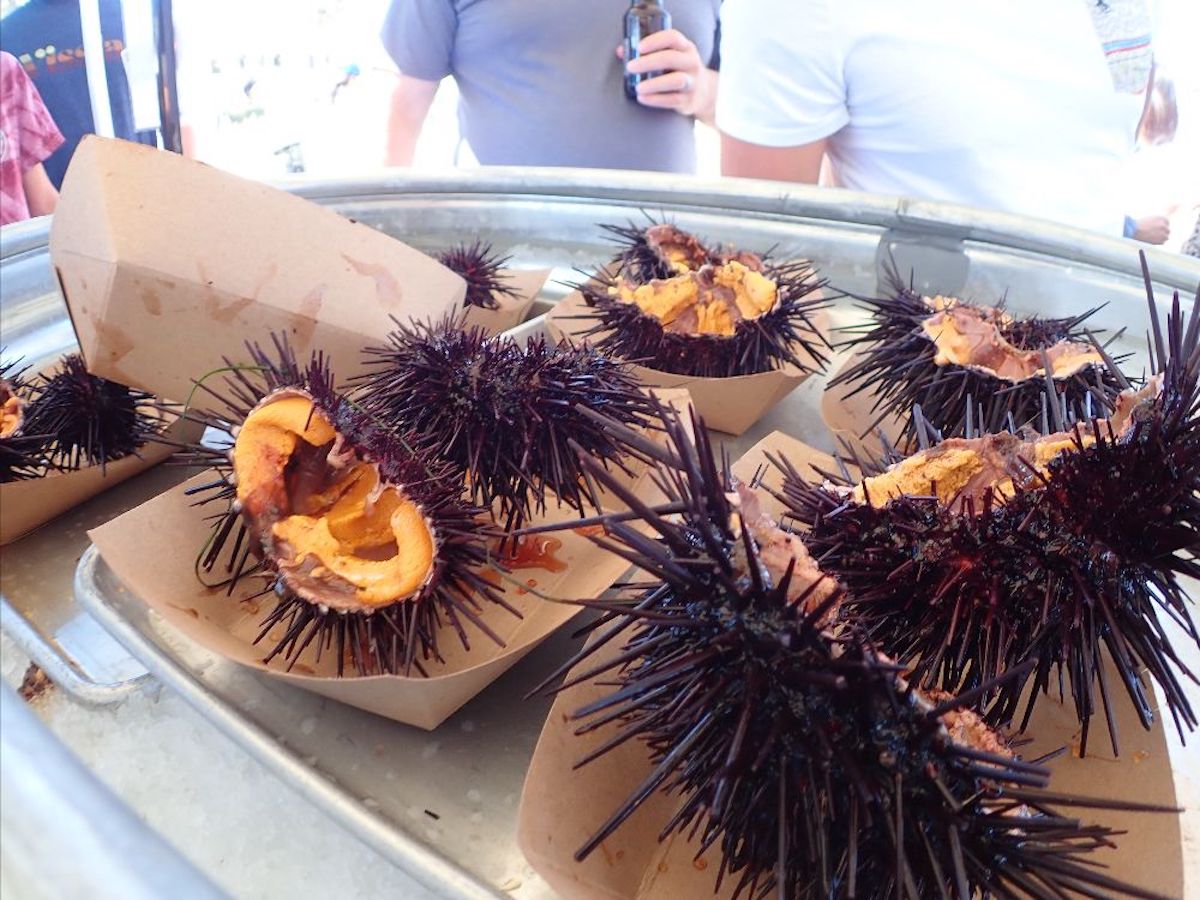
This holiday season, we’re bringing you the best in our newsletters from 2021. Sign up for content like this and more here.
“I don’t eat fish.”
That’s me, from about the age of 5 until around 19-ish, despite growing up less than an hour from the docks of San Francisco and shores of the Monterey Bay. No one is entirely sure what turned me off — my family likes to recall that I would say I was “allergic” — but I’m pretty sure it was hitting the occasional fish bone at an impressionable age. I believe those experiences triggered a fear of choking to death and fired up a latent laziness, in which I wondered why anyone would work too hard to eat food.
Evidence in this regard includes my continued eating of tuna from a can, until I read that it said “Chicken of the Sea.” I recall the incident vividly — the pantry in my parents’ house as a backdrop, the logo with a mermaid, the creeping confusion, the Wait, why does it say “sea”?!? Tuna was suddenly out as well.
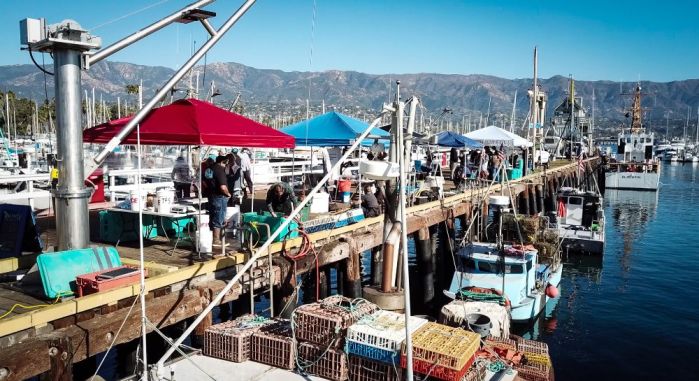
I did continue eating thresher shark for a while; my grandma did too, as its meat was usually bone-free, and, well, shark struck my mind as something above lowly fish. And I never stopped fishing, even once catching a 10-pound salmon in a tiny boat, the highlight of my young angling career. (The time my cousin caught a shark and slashed it open to spill out a bevy of baby sharks? Not in my fish-eating encouragement file.)
The laziness theory tracks with my avoidance of steak during that same childhood stretch. Even though my dad made a mean teriyaki pepper steak — among other qualified cooks in the family and cuts from prime rib to tri-tip — I was too lazy to chew that much. It was never a beef thing, either. I never stopped eating ground beef, which is essentially pre-chewed. That all changed when I ate a soft-as-butter filet mignon grilled by my Franco-American friend Ari outside of the Santa Rosa dorm during my freshman year at UCSB.
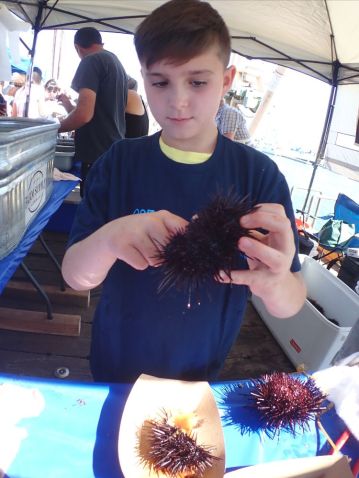
Whatever the psychological roots, my fish-eating phobia faded away during a summer barbecue on Sueno Road in Isla Vista. I can’t recall exactly how old I was, probably 19 or 20, but I’d become a fan of cooking and already started to realize that by not eating fish, I was dramatically limiting the foods that I could learn to prepare.
Also, as an anthropology major with an interest in evolutionary psychology, I’d come to believe that food preferences were primarily arbitrary, based in some past trauma or made-up dislike more than in anything inherent to one person’s biology. (Largely, science supports this idea, with some exceptions.)
And then walked in my friend Traci’s dad with a huge salmon that he’d just caught in Alaska. Now was the time to start eating fish, I surmised, and I dove into its expertly grilled flesh, slightly smoky and sweet and supple all at once. I haven’t turned back, eating everything from occasional bocaccio eyeballs (crunchy like a small gobstopper) and monkfish liver (still a tad funky for me) to uni freshly plucked from island rocks, rockfish speared that day, and roe the size of marbles. I even recently sashimi’d a sardine that my son caught, but I was the only one who tried that, though I admit that dropping it on the greasy floor of the rented boat may have been the best seasoning.
This edition of Full Belly Files was originally emailed to subscribers on October 15, 2021. To receive Matt Kettmann’s food newsletter in your inbox, sign up at independent.com/newsletters.
I have to believe that much of my maturing fish love involves living in Santa Barbara. One of the first articles I ever wrote for the Independent was about a fishing trip to the Channel Islands out of Sea Landing — I caught a lingcod so large that the deckhand, a college friend of mine, thought I’d snagged the seafloor. I’ve since covered all manner of fishing issues, from the establishment of marine preserves 20 years ago to more recent stories on otters, urchins, mussels, and, just last week, abalone.
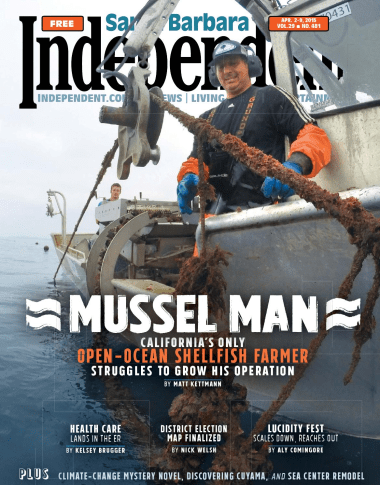
Those of us who love seafood are incredibly lucky to live near the Santa Barbara Harbor, where the commercial fishing fleet leads the state in dockside seafood value. That was according to a report that I wrote showing that the small boats brought in $11.4 million sales across the docks. Further data showed what the Commercial Fisherman of Santa Barbara (CFSB), a nonprofit advocacy group, already figured: once, 85 percent of the seafood went to out-of-town buyers, and as of 2020, about 50 percent stays in this community.
How about a big group hurrah for fishermen and seafood eaters alike?
Usually, that community is celebrated as part of the Santa Barbara Harbor & Seafood Festival. But it’s been canceled due to COVID concerns for the second year in a row. Instead, Get Hooked Seafood, with the support of numerous fishermen, is hosting a smaller, more focused Santa Barbara Lobster Festival on Saturday, October 23, with proceeds going to the CFSB. You need to buy tickets in advance via this website.
If you’d like to learn a little more about that, and for some suggestions on how to kill and prepare your live lobsters from Melissa Garrigan and Garrigan Seafood Company, see this other article I wrote this week here.
Get Your Bubbles and Birds
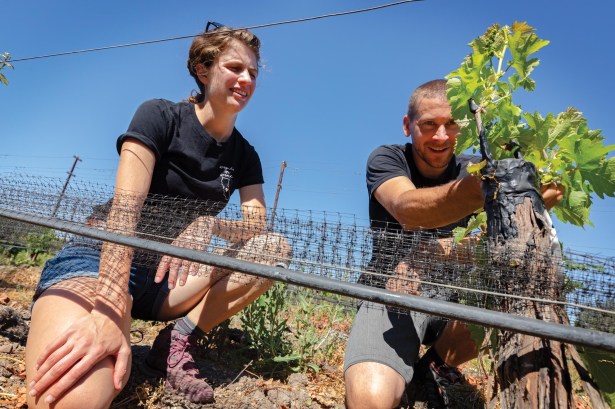
I’ve been following Refugio Ranch for many years and was excited to write about the growth of Gleason Family Vineyards in my Bottles & Barrels column this week. The family took over Roblar Winery a few years ago and hired winemakers Max Marshak and Kat Gaffney to run the show for both labels. On the food tip, Chef Peter Cham left Finch & Fork to join them at Roblar, where he’s serving up foods fresh from the nearby Roblar Farm.
Among the usual highlights, he’s making his own special fried chicken to serve with the family’s bubbles every Thursday. They recently bottled the 2021 vintage — yes, that is this year’s harvest — of the Gleason Family Vineyards Petillant Naturel, a zesty sparkling made from young sangiovese wines. Marshak warns that this is probably the last year of that particular wine, as the sangiovese will be mature enough to use in still red wines next year.
Add that stop to your Santa Ynez Valley list for sure.
Support the Santa Barbara Independent through a long-term or a single contribution.




You must be logged in to post a comment.